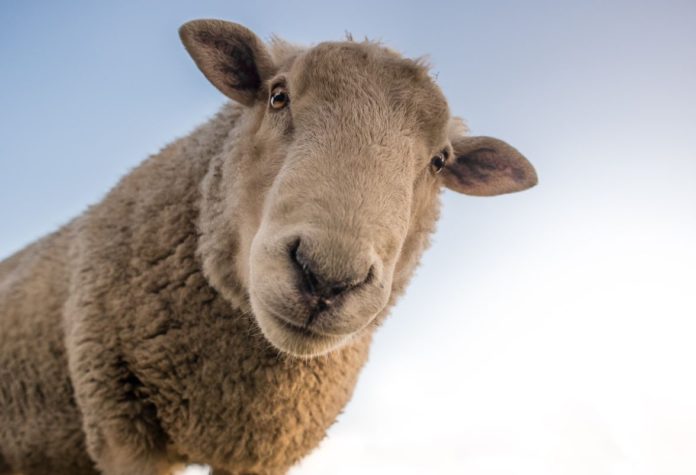Liver fluke is a parasite that infects ruminant animals, writes Patricia Lynch, drystock advisor, Teagasc Westport.
Influenced by climate, it mostly occurs during times of warm wet weather typically that of autumn and spring and with the warm wet weather conditions we have experienced recently, there is most likely to be a high incidence of liver fluke cases.
The liver fluke life cycle is a complex one which can be broken down into three stages and to successfully treat this parasite you must first be familiar with these stages.
- Early immature fluke (weeks 1 – 5),
- Immature fluke (week 6 – 11)
- Mature fluke. (<12 weeks)
Treatment
There are a huge number of products on the market that are effective at killing liver fluke.
However, every year we still see a high percentage of infected livers in meat processing factories. Why is this?
There are a number of possible reasons, one being in recent years anthelmintic resistance is becoming more of an issue on Irish farms, this is predominantly due to the overuse of certain products and not using best practice when administering these products.
To help slow down resistance, farmers should follow proper administration of products, only use when necessary, use the most appropriate product, and avoid bringing resistance onto the farm by treating stock on arrival.
Points to consider when dosing
When dosing, try to accurately estimate the weight of the animals you are treating to decide on the correct dose rate as you do not want to under or overdose animals, have equipment in good working order and calibrated before use.
If you want to make sure that the product you are using is being effective, it would be a good idea to send off dung samples for testing before and after dosing.
It is also important to be aware of withdrawal periods, in particular, when animals are to be slaughtered.
Keeping these guidelines in mind over the winter months will help you to have a plan in place when treating fluke on your farm.
Which product to use?
When purchasing a product to kill liver fluke, the most important question to ask is: “When should I use this product so that it is most effective”?
Most of the flukicides that are for sale only control older immature liver flukes and/or adult fluke. This means that any fluke that have been picked up over the previous six to eight weeks or so will not be killed.
A second treatment for fluke will then be necessary. Triclabendazole-based products will kill all stages of fluke, but there are reports that resistance to them appears quite widespread in sheep in Ireland.
Other considerations
Fence off wet areas to reduce access to contaminated pasture. Get feedback on the level of infection when slaughtering animals through the Beef Health check reports.
Any bought in animals should be quarantined for at least 4 weeks after arriving on farm and get faecal counts done to establish the level of adult fluke infection but this will not establish the level of immature fluke which cause sudden death.
Look out for the annual DAFM Liver Fluke forecast which advises farmers of the predicted risk of disease by Liver Fluke infection in livestock.
This will be released in early November. Remember always consult with your vet when putting a dosing programme in place for liver fluke.





